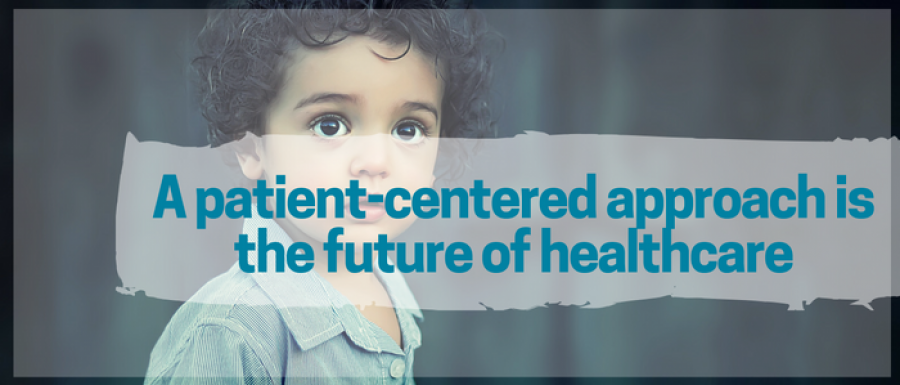
As the healthcare industry faces a growing, aging Baby Boomer population, along with the increase of patients with chronic health conditions such as cancer, cardiovascular disease, and diabetes, patient-centered care is becoming the preferred approach for healthcare providers. For example, in 2013, 30% of Medicare reimbursements for hospitals were based on patient satisfaction. This is a departure from a disease-centered approach, with the primary focus of treating of personal injuries and acute illnesses.
[DOWNLOAD GUIDE] How To Build A Patient-Centered Independent Medical Practice
With the patient-centered approach to medicine, a medical practice transforms into a Patient-Centered Medical Home (PCMH). The primary care physician coordinates care so that the patient receives appropriate care that is more accessible, timely, culturally relevant, and comprehensible. This centralized method contrasts from the volume-driven, assembly line system of seeing patients.
The ultimate goal of a PCMH is to have an improved patient experience, which usually involves expanded hours, more patient education, improved communication, and the offering of new services such as nutrition counseling, which means more money. The ultimate question is if that additional cost is worth it.
The answer looks to be yes. A 2011 study by Horizon Blue Cross Blue Shield of New Jersey developed a PCMH program which included 24,000 members. Overall, screenings for breast and cervical cancers increased, as well as diabetes control, and emergency room and hospital visits decreased. Additionally, the cost of care lowered and generic prescription medication usage increased.
A joint study with Blue Cross Blue Shield of Michigan and the University of Michigan focused on a PCMH program, operated by Blue Cross Blue Shield. This PCMH program brought in an estimated $155 million in savings with prevented claims in four years. The study noted that the greater savings took time to materialize. Overall, patients received a higher quality of care and preventative care under this model.
This progression from quantity to quality in healthcare not only affects patients, but also healthcare providers. A study published in JAMA from the University of California, Los Angeles (UCLA) and the University of Southern California (USC) reported positive feedback from patients, resident doctors, and nurses. Furthermore, primary care medicine may see a boost in more residents choosing that specialty. The lead author of this study reported that by moving to a more team-based model of care, resident physicians had more positive experiences. The study authors also hope that eventually, the rate of emergency room and hospital visits will decrease as access to primary care expands.
[FREE GUIDE] How To Build A Patient-Centered Practice
A 2012 report from Patient-Centered Primary Care Collaborative (PCPCC) shows that the adoption of the PCMH method has grown astronomically, into the tens of thousands. The PCMH model brought improved care, better health, and lower costs in the U.S. health system.
The future of successful healthcare is already here with patient-centered care, with the win-win of improved healthcare and patient outcomes and increased savings.


